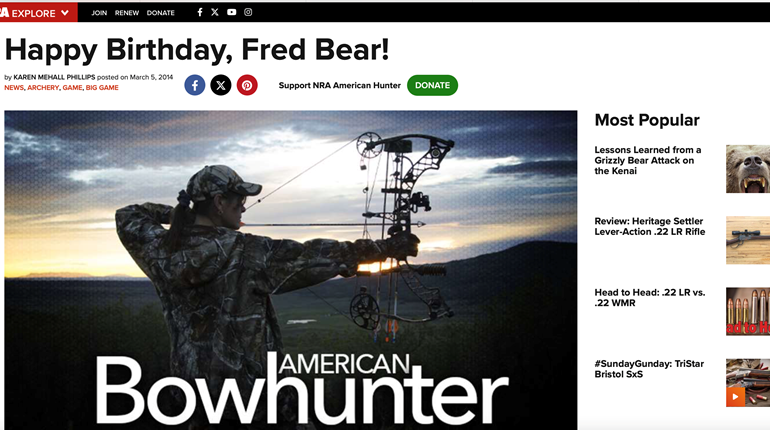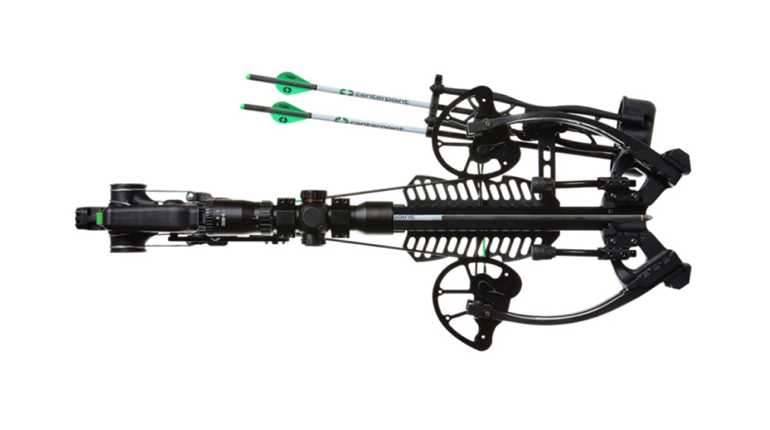
Broadheads, like bullets, are the only objects that actually impart a hunter’s deadly will on game, so their selection, quite literally, is vital. When the arrow leaves the bow, a hunter puts full trust in his broadhead, and because of this, few products arouse such emotion, loyalty and suspicion.
In essence, great broadheads must have three traits. First, they must fly true and consistently because a broadhead that doesn’t hit its target is worthless. Imagine a paper airplane, which has wings much like the blades of a broadhead. If you throw it exactly right, you can guide it wherever you aim. But with the slightest error in angle, air will flow under its wings and make it plane, causing it to glide inconsistently. Kids know the best way to build an accurate paper airplane is to build it with small wings. But broadheads must have blades to kill, and generally the larger their diameter the more devastation they can wreak. So hunters must find a balance between good flight characteristics and large cutting diameters.
Secondly, broadheads must be tough enough to penetrate flesh and bone and reach the animal’s vitals. A strong tip and resilient blades are musts. Lastly, broadheads should be razor-sharp.
Dale Archer is a dermatological physician’s assistant at The Skin Clinic in Oklahoma. He cuts living flesh every day. He’s also a lifelong bowhunter. “When a cut is made with a razor, it experiences less trauma and so less clotting elements are released into the blood,” said Archer. “So bleeding time is longer when made with a sharp instrument. The sharper the blade, the deeper it cuts, the more it cuts and the better it performs.” Generally modern broadheads come razor-sharp. You should test them by shaving the hair of your arm. If they won’t shave, they’re not sharp enough. Sharpen them or buy something else.
Fixed Blade or Mechanical?
Fixed-blade broadheads are generally tougher than mechanicals because they have no moving parts to break or fail. However, with their larger in-flight diameters, they often don’t fly as consistently as mechanicals. On the contrary, if one blade of a mechanical deploys prematurely, accuracy is horrendous. So mechanicals must have a failsafe system of blade retention and deployment.
One of the biggest drawbacks to most mechanical heads is that they have moving blades that have no mechanism to lock them into place after they deploy. If the arrow does not pass all the way through an animal, the blades often return to a folded position and the broadhead simply falls out. Fixed heads, on the other hand, tend to stay in the animal, doing major damage as the animal moves.
Fortunately, broadheads have evolved. While you should choose what works best for you, here’s a rundown of the most modern broadhead technology available.
Rage Hypodermic and NAP Killzone
These mechanical heads both use a sliding, rear-deployment blade system wherein the blades slide down the ferrule on contact, forcing them to open into wicked 2-inch-diameter cutting edges. In flight, both heads are incredibly aerodynamic, and their chisel points are as tough as any and sharper than nearly all others. The Rage uses a rigid polymer collar to retain its blades, while the Killzone uses a simple friction system. I prefer these systems over o-rings. Their only negative is that their blades only remain deployed while under pressure, so they can fold up while in the animal. Still, I’ve killed many deer with both of these great heads, and some of my shots were far from perfect.
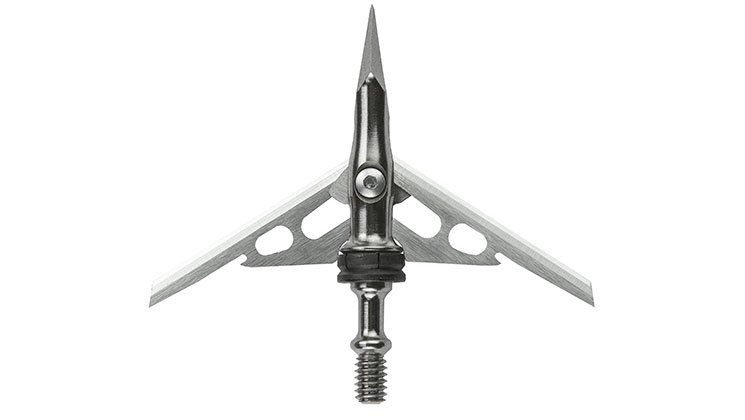
NAP Spitfire XXX
Perhaps the simplest mechanical on the market, this head’s three blades fold over to cut a 2-inch-diameter hole on contact. But unlike similar o-ring broadheads, it uses simple friction to retain the blades. It features a hardened chisel point, so it penetrates great and is very accurate. For whitetails there may not be a better broadhead.
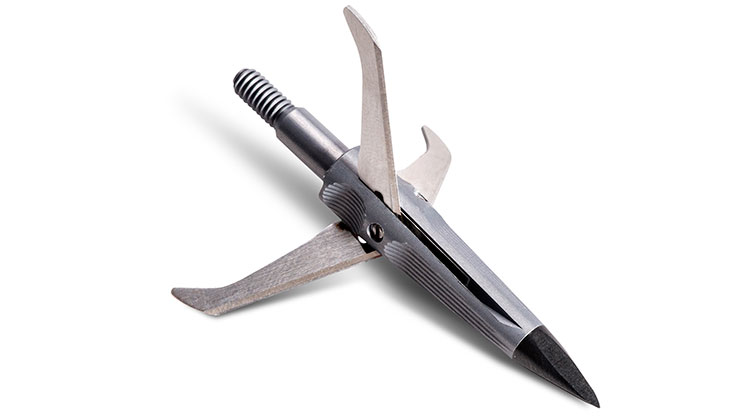
G5 T3
G5 is a metal machining company at heart. Its T3 is a three-blade, 11/2-inch-diameter, rear-deploying head that’s most notable because of its all-steel construction. For surgeons and Samurai, steel is best. It uses a replaceable metal clip for blade retention.
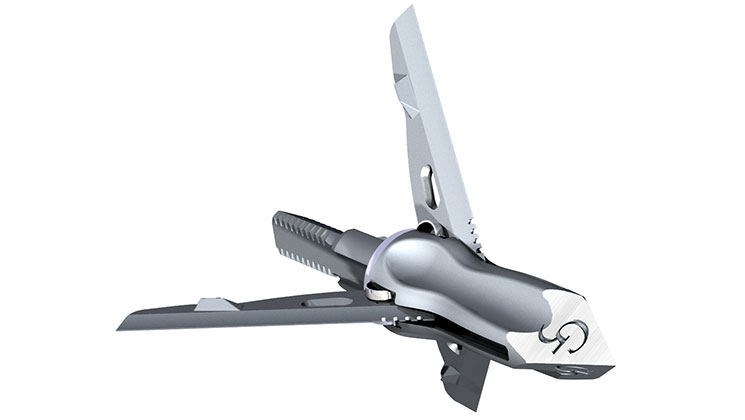
Afflictor K2 Hybrid
When this head’s two blades deploy they permanently lock into position like a fixed-blade, yet it has the flight characteristics and large, 1.5-inch cutting diameter of a mechanical. It features a “drive key” that forces the blades out as it encounters resistance. The hybrid head’s chisel point penetrates like hell. Another nifty feature is that the blades can be pinned closed for practice.
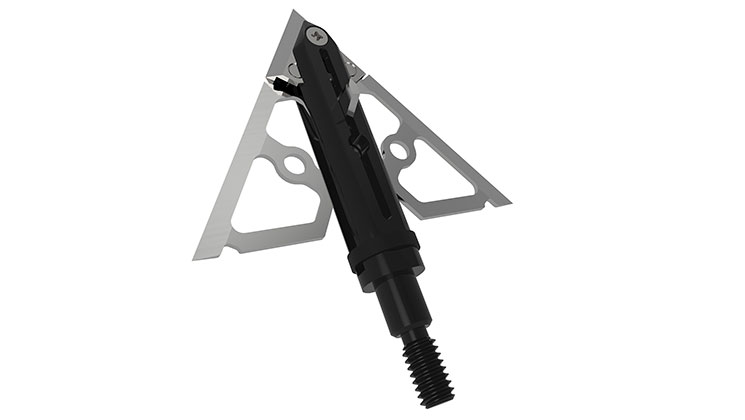
Whatever you choose, keep in mind that like bullets, there is no magic broadhead—you must do your part. Always practice with the actual broadhead you plan to use—including mechanicals—even if you have to sacrifice a couple of them.












